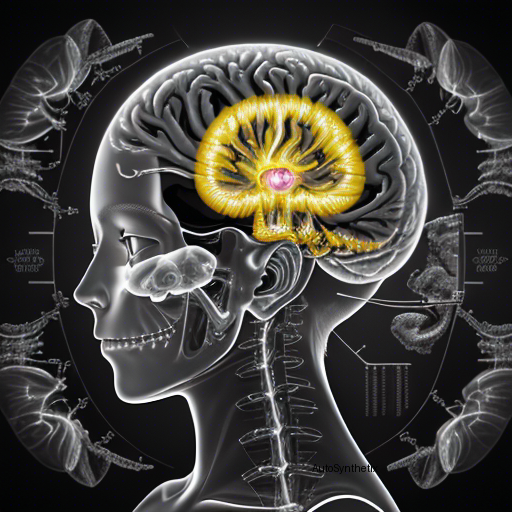Introduction
In the ever-evolving landscape of Artificial Intelligence (AI), breakthrough discoveries often emerge from interdisciplinary collaborations between scientific domains. One such recent development arises at the intersection of cognitive science, machine learning, and medical imaging research – tackling the herculean ABCD (Adolescent Brain Cognitive Development) project's massive neuroimaging dataset. By introducing a novel "Scalable Scalar-on-Image Cortical Surface Regression" methodology, researchers have paved the way towards more efficient exploration of these colossal datasets. Let us delve deeper into their groundbreaking work.
The Gargantuan Challenge - Analyzing the ABCD Dataset
With over 5,000 participants across diverse demographics, the ABCD initiative amasses an unparalleled wealth of comprehensive brain mapping data using Functional Magnetic Resonance Imagery (fMRI). However, analyzing this gargantuan repository poses significant challenges due to its sheer size, complexity, and intricate relationships within the data points. Consequently, the need for innovative strategies becomes paramount to extract meaningful insights without sacrificing precision or computation efficiencies.
Enter the Scalable Scalar-on-Image Model... With a Twist!
To meet this demand head-on, scientists devised a versatile Bayesian framework incorporating a 'Relaxed Thresholded Gaussian Process' prior (henceforth RTGP). Their model seamlessly blends piecewise smoothness, sparsity, continuum properties, as well as the ability to apply both hard-and soft-thresholding techniques. These features collectively amplify the adaptability in selecting relevant variables during image-specific regressions, resulting in reduced computational burdens when handling vast cortical surfaces in big data scenarios.
How Does the Proposed Method Work?
Employing variational approximations alongside Karhunen-Loeve expansions further bolsters the computational tractability of the proposed solution. As a result, the model demonstrates impressive parameter estimator accuracy, predictive capabilities, and robust feature selection even amidst the labyrinthine complexities inherent in the ABCD dataset. Validation against synthetic benchmarks showcases the effectiveness of the technique, culminating in a real-world use case where the team correlated individual IQ scores with task-driven FMRI data considering potential biases like age, gender, and socioeconomic status influences.
Conclusion - Paving the Path Forward in Big Neurodata Analytics
This pioneering endeavor not only highlights the immense potential residing within humongous repositories like the ABCD but also underscores the necessity of resourceful problem solving in bridging the gap between cutting edge technology, statistical modelling prowess, and the understanding of human cognition. Through relentless innovation and collaboration, experts continue pushing boundaries to unlock new dimensions in decoding the enigmatic mysteries hidden deep within the convolutional labyrinth that is the cerebral cortex. |
Source arXiv: http://arxiv.org/abs/2403.13628v1
